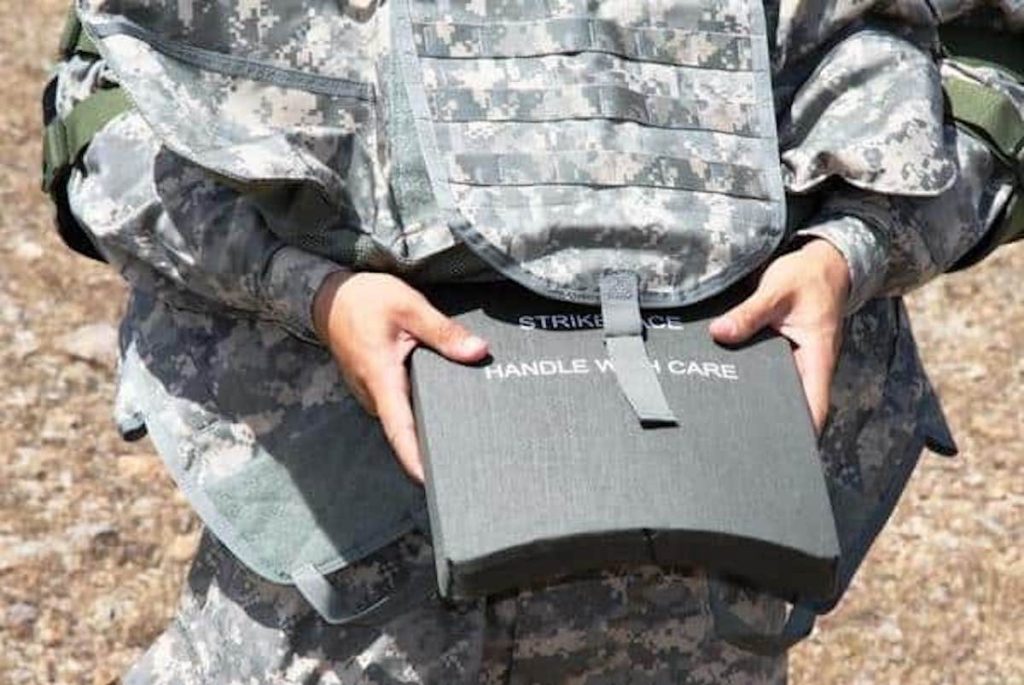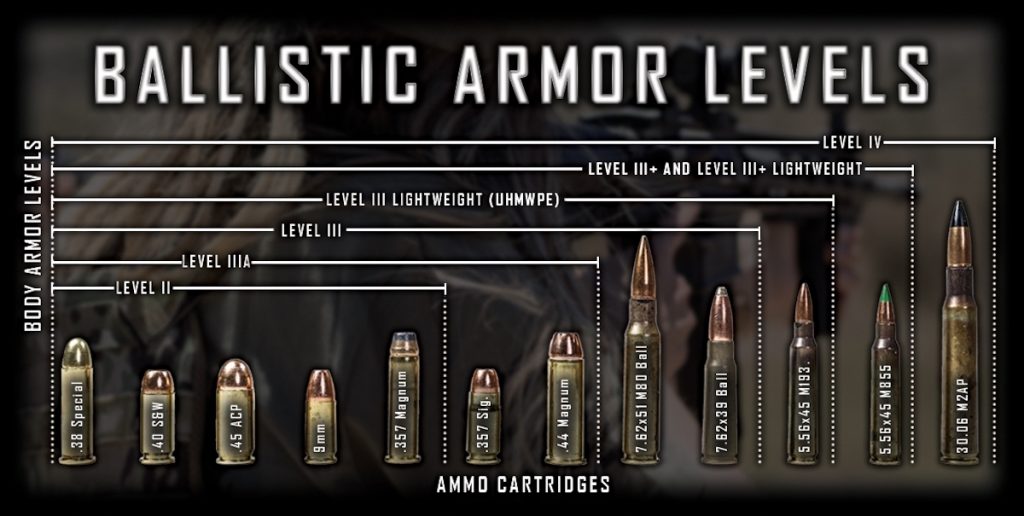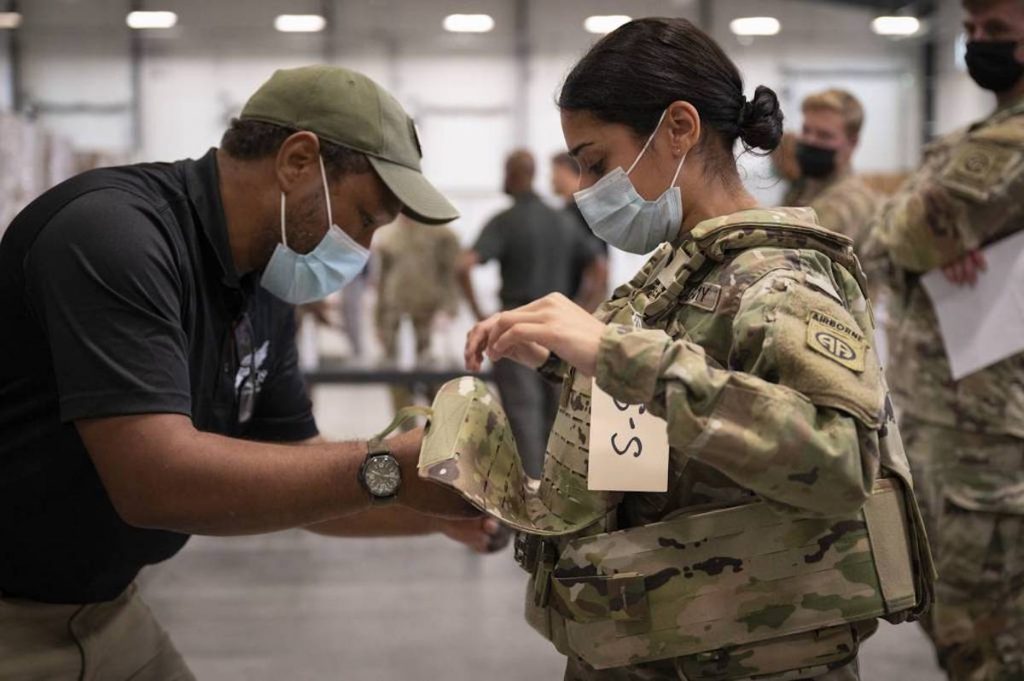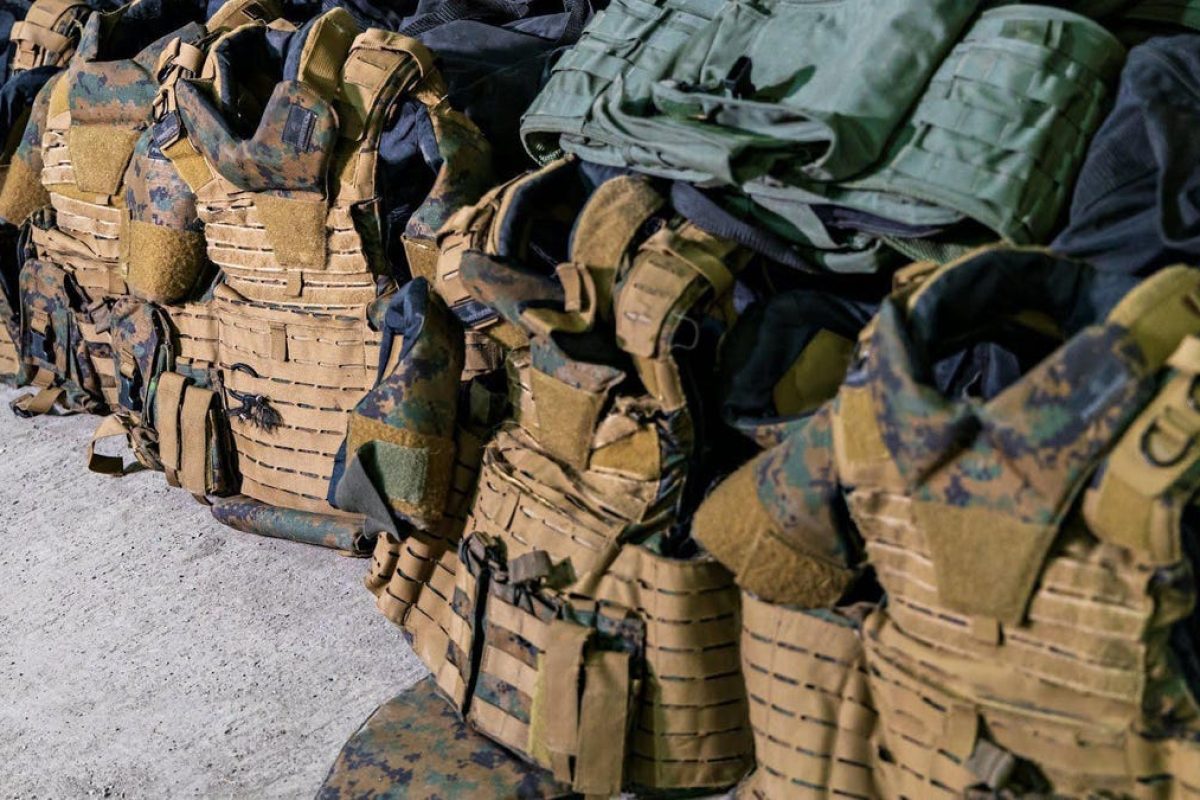How to choose body armor? Ukrainian levels
Now there is a war in Ukraine, so an important issue for both the military and civilians is personal safety. The most common element that protects critical organs of the human body is body armor. At the moment, there are a huge number of types of bulletproof vests in the world, and it is not so easy for a beginner to understand them. I will try to talk in simple terms about the main types, their features and applications. I must say right away that I am not a military expert, I just cite available information from open sources. However, this will be enough to gain basic knowledge.
Read about the types of troops in the armed forces
Types of bulletproof vest

There is no exact classification of this type of protection, as there are various combined and specific options. But in general, all body armor can be divided into the following categories:
- Soft, lightweight body armor. Basically, these include bulletproof vests for concealed wear, although there are external tactical ones. These are body armor equipped with a flexible protective structure made of special ballistic materials (fabrics), for example, Kevlar, UHMWPE, polyurethane. Among other things, bulletproof vests of this type are often used by the police.
- Semi-rigid combined body armor. By their design, they are similar to soft vests, but are additionally equipped with solid protective elements in the most important places, or niches for their quick installation.
- Solid bulletproof vests (plate carriers). It is these “armours” that provide the highest level of protection and are mainly used by the armed forces. Steel, titanium or ceramic plates act as protective elements.
I can add another classification according to the shape and area of body coverage:
- Lightweight, basic body armor. As a rule, it consists of the cover itself (plate carrier) and armor plates in front and behind on the back. The cover may contain pockets, niches, a system for attaching additional Molle accessories or another type.
- Heavy, full body armor. In addition to the main protective elements on the chest and back, they have additional parts to protect the shoulders, groin, collar zone. The weight of such vests is higher, they somewhat restrict movement, although they offer a better level of protection.
So, soft body armor is mainly used in everyday life for personal protection, as well as by police units. They provide protection against pistol bullets, stab attacks (depending on the class) which is sufficient for civilian use. Semi-rigid vests are less common, they provide somewhat better protection, but are of little use in combat conditions. And finally, hard bulletproof vests equipped with protective plates are used mainly in the army.
Bulletproof vest material and ergonomics

An equally important factor in the choice of “armor” are the design features and materials of the cover. The fact is that with frequent and long wearing, the fabric of the cover is subjected to an increased load, friction, direct sunlight, water, and dirt. Therefore, if the material is of poor quality, it will quickly be damaged, stretched, and lose its shape. In addition, a good bulletproof vest should resist burning. In expensive cases, as a rule, CORDURA or Oxford fabric is used, in cheaper cases: nylon, polyester, etc.
Another parameter is the thoughtfulness of the design and ergonomics. Body armor (plate carrier) should be comfortable and quick to put on, have good ventilation, shock-absorbing inserts. In addition, it is worth paying attention to the possibility of adjusting the vest according to the figure, the presence of additional fasteners, pockets.
Bulletproof vest protection levels (plate carriers)

Depending on the region, the name of the protection classes differ. For example, in Ukraine they have one designation, in Europe and the USA others. When choosing a level, you must be guided by the rule that the higher the class, the better the protection. Below I am attaching an image with a general description of the protection classes according to GOST Ukraine.

Conclusions: what body armor to choose?

To choose the right bulletproof vest, you should be based on the following criteria:
- Protection class. In other words, in what conditions is it planned to use the armor. Remember that vests of low classes are unsuitable for military use.
- Body armor type. The convenience of wearing it directly depends on this. Let me remind you that there are soft concealed vests, lightweight options for plate carriers, and heavy armor with additional elements of protection for body parts.
- Manufacturing quality. This category includes both case materials, its design, and types of protective elements (steel, titanium, ceramic plates). It is very good when such plates are pre-tested for penetration, the so-called shooting is carried out.
By the way, I would recommend paying attention to the dimensions of the plates, if in the future you want to replace them (increase the protection class), it will be good if they correspond to the standard shape and size.

